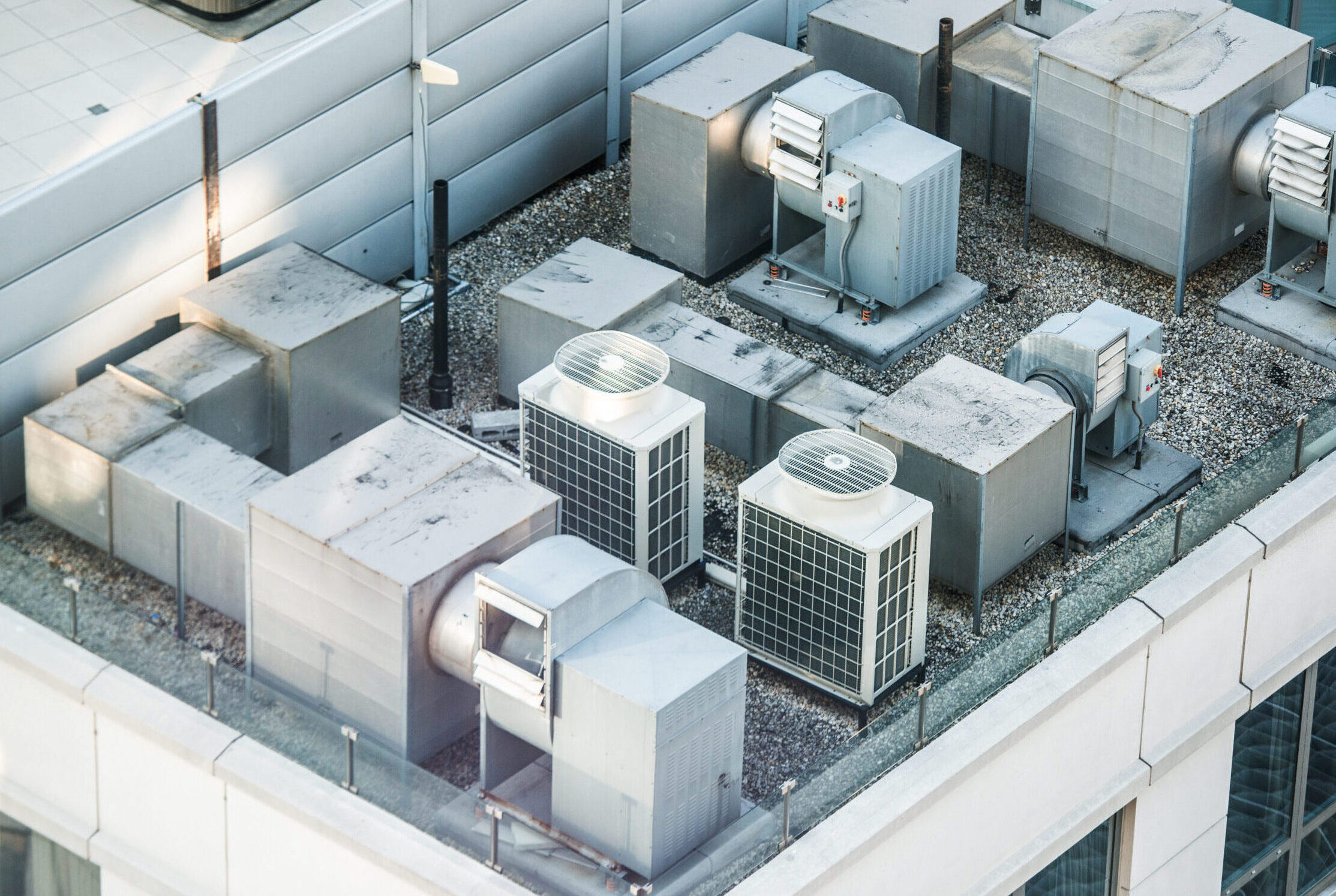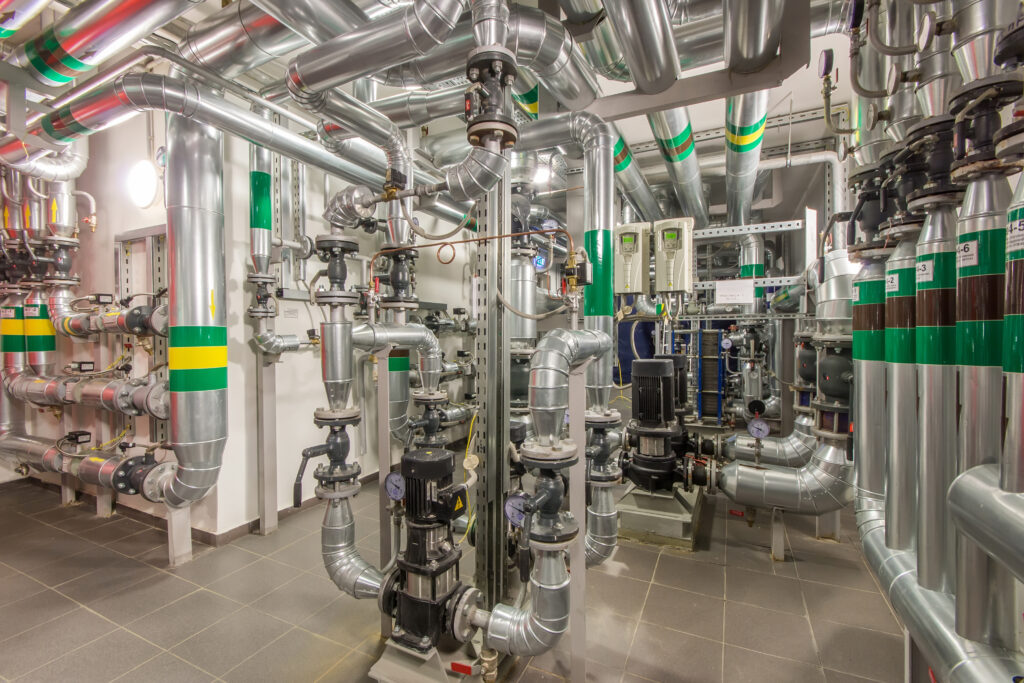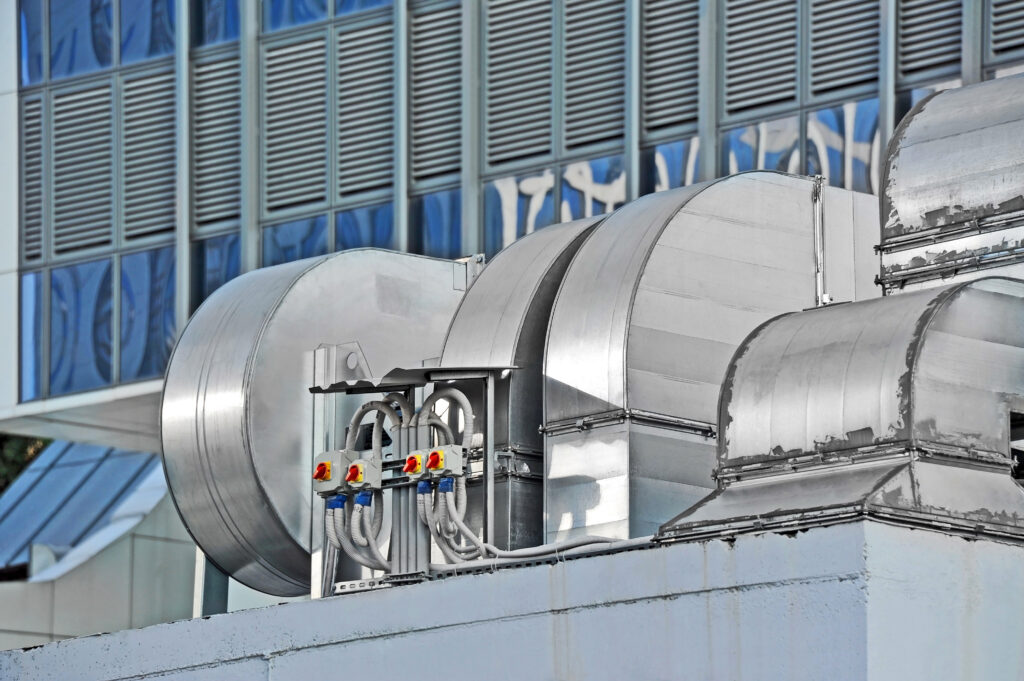High performance HVAC systems are at the forefront of initiatives to curb carbon emissions and enhance energy efficiencies, especially as global environmental concerns escalate in major cities nationwide. With HVAC systems accounting for as much as 40% of total energy consumption in commercial buildings, their optimization emerges as a critical strategy in reducing carbon footprints and advancing the broader objectives of building efficiency, sustainability, and the health and well-being of occupants. The importance of these systems cannot be overstated; they are integral to creating comfortable indoor environments while also serving as a significant leverage point in the battle against climate change.
The pursuit of high performance HVAC systems necessitates a paradigm shift towards reducing system complexity and increasing efficiency, all while maintaining or enhancing environmental comfort. This shift requires a holistic integration of system components, fostering an ecosystem of efficient solutions that operate in seamless concert throughout the building’s lifespan.
Such harmonious operation is vital for achieving energy efficiency and maintaining optimal indoor environmental quality, directly impacting occupants’ comfort, productivity, and health. By optimizing the interactions between heating, cooling, ventilation, and air filtration systems, building managers can achieve an ideal balance between energy use and indoor climate control, making high performance HVAC systems a cornerstone of sustainable building design.
Moreover, the escalating demands for energy efficiency underscore the imperative for HVAC systems to exhibit superior performance with minimal CO2 emissions. Efficiencies also include low energy requirements, and reduced maintenance needs. Advanced technologies such as smart thermostats, variable refrigerant flow (VRF) systems, and energy recovery ventilators (ERV) play a pivotal role in this context. They offer adaptive and intelligent solutions that can significantly lower energy usage and enhance indoor air quality. Smart thermostats, for instance, optimize temperature settings based on occupancy patterns and external weather conditions. At the same time, VRF systems allow for precise control over different zones within a building, ensuring that energy is not wasted on unoccupied spaces.
On the other hand, ERVs capture and reuse energy from exhausted air, further driving down the energy demands of high performance HVAC systems. These innovations contribute to the efficiency of individual buildings and support broader urban sustainability initiatives by reducing the overall energy load on the grid and mitigating the urban heat island effect.



